St Minver Lowlands Parish Council
The civil parish of St Minver is nominally divided into St Minver Highlands (to the north and east) and St Minver Lowlands (to the west). The combined parish is bounded on the south and west by the estuary of the River Camel, on the north by the Atlantic coast, and on the east by the parishes of St Endellion and St Kew. The principal villages in St Minver Lowlands are Rock, Trebetherick and Polzeath.
St Minver Lowlands Parish Council represents the local community and is the point of contact for residents of the Parish to raise any concerns it may have.
We maintain strong links to the local Police and Cornwall Council.
A Full Council Meeting is normally held on the first Monday of each month, except August. All meetings commence at 7.00 pm in the Council Chamber, Rock (room above Rock Methodist Church). Members of the public are welcome to attend any meeting of the Parish Council.
- We own the playing field / WC / children’s play area on Trewint Lane, Rock.
- We part-fund with St Minver Highlands Parish Council the local cemetery / churchyards.
- We maintain the local public rights of way, under an agreement with Cornwall Council.
- We maintain the grass verges in the parish, under an agreement with Cornwall Council, and carry out weed spraying of pavements.

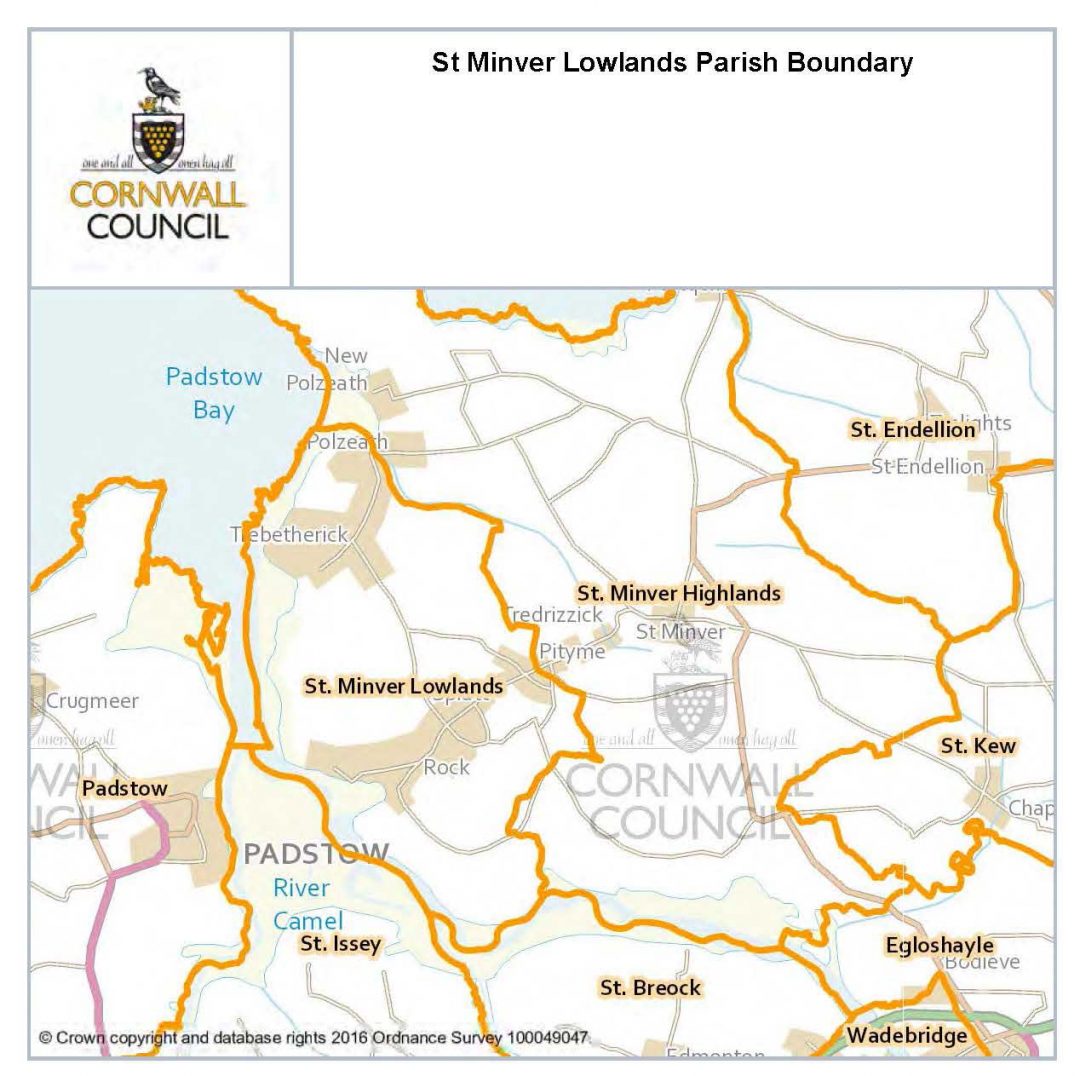
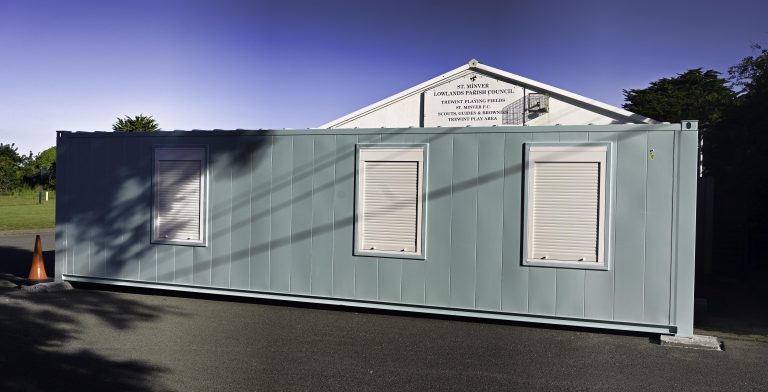
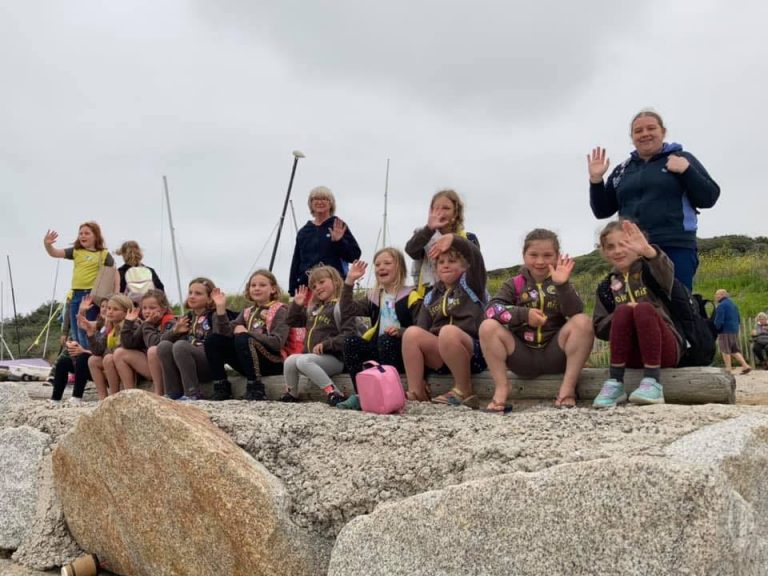
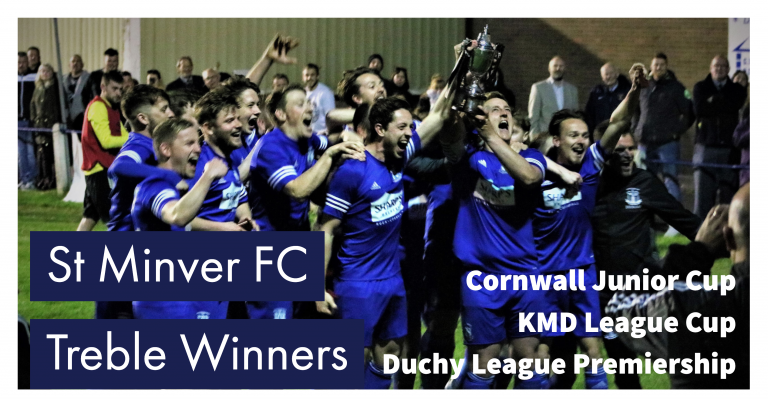
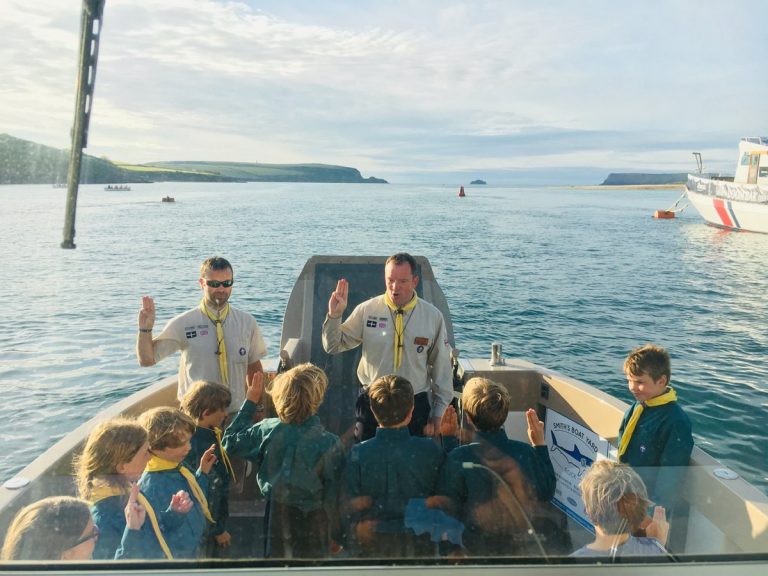
Could you tell me if it is possible to donate a bench in polzeath. Are you the right people to ask.
Dear Anthony Smith you will need to contact the parish council
https://stminverhighlands-pc.gov.uk/
Jo Wilson
Clerk
T: 07811 851987
E: clerk@stminverhighlands-pc.gov.uk
My great grandfather refers to ‘St Min’ in his unpublished manuscript written in 1934. I hope to make some printed copies for my family with additional information. Unfortunately I am unable to match what is written with what is on the map; and located in New Zealand unable to make a physical inspection of St Minver.
Below are extracts from his manuscript and I was wondering whether the descriptions therein contained matches the geography of St Minver.
“St Martin’ s village contained over two thousand inhabitants and with the surrounding villages as many more.
Normally we covered radius of nine miles, to the assize town on one side, to a fishing village, St Min, in the opposite direction, to large market town on the South, and down the tidal river for nearly nine miles to the North.
In the second year the doctor (Dr. Frank Ford, wife Emily, 3 children) rented a new house on the coast … this place was St. Min, a village of five or six hundred inhabitants, and a lifeboat and coastguard station. It was about nine miles from our headquarters and the doctor rode over twice or thrice weekly to see some of patients and inspect the day book.
The village was in an exceedingly deep valley, quite surrounded by high hills except on the seaward side, where there a cliff enclosed bay with a dangerously narrow opening from the sea. From the water’s edge houses were perched precariously upon the hills. Near the sea were cottages, quaint old places built close together with narrow cobbled streets between them. They were mostly of grey stone, having two to four little rooms and with but one entrance. The old custom of throwing all slop water into the street still prevailed, for there was no public drainage. A stream came turbulently down between two of the hills and through the village to the beach, and this was the water supply for all purposes for those not near a well. Near the crests of the hills were large houses. These belonged to famers or “retired people” who formed the aristocracy of the village. There was a marine store, general store, and a few small dark shops. The butcher, baker, and grocer all had delivery carts, and each day scaled the rough, steep, stoney road, to serve the farmers away on the level lands above. In between the homes on the hills were many trees, end every hill house had its little garden, the best of which were watered in dry weather from slate tanks. Here and there a small flagstaff showed the residence of an old sea captain who still “doused his flag sundown.”
I saw the fishermen go out in small brown sailed boats in boisterous weather and tend lobster pots, and haul the pots in mountainous seas. I was out at sea with them before sunrise in the mackerel season; I went with them in the lifeboat in fine weather; and guided their babies into their industrious world. I shared in their annual festival “Holycome” at about the same time in spring when the ancient “Flora Dance” was held elsewhere.”
Any suggestions would be much appreciated.
Kind regards
Paul Drake